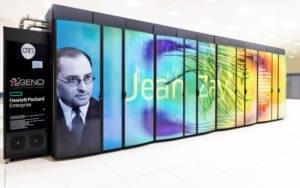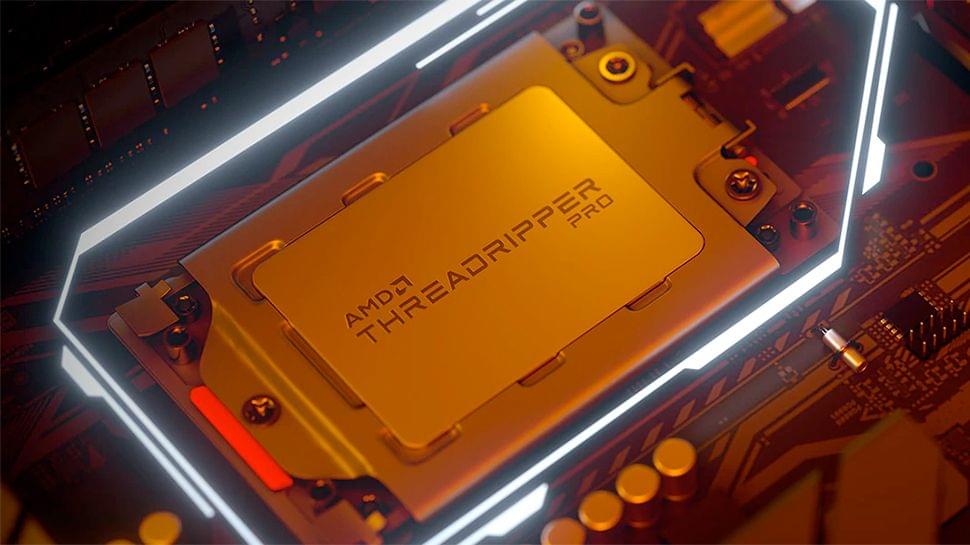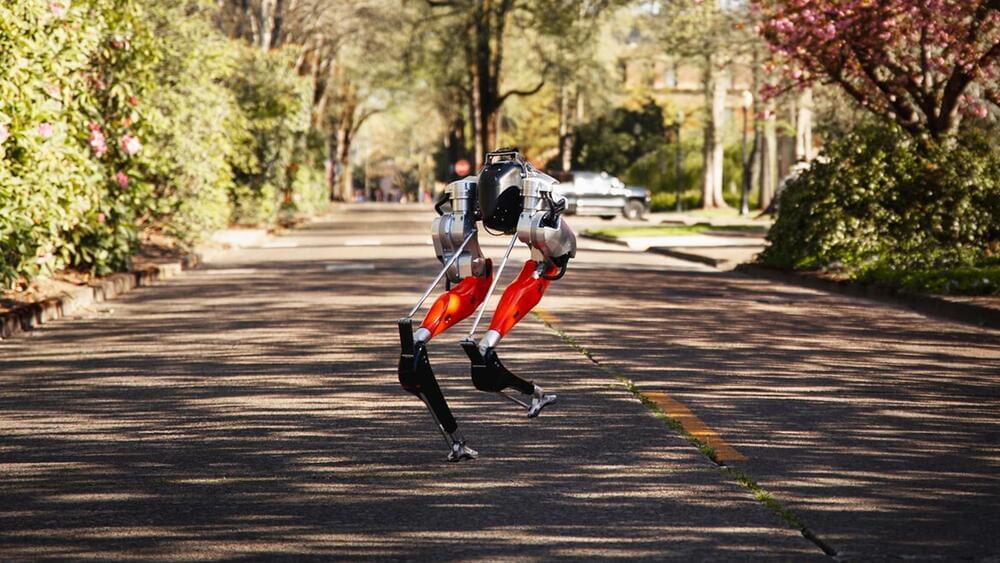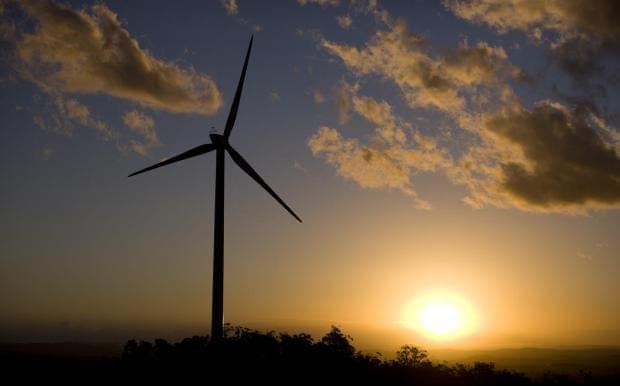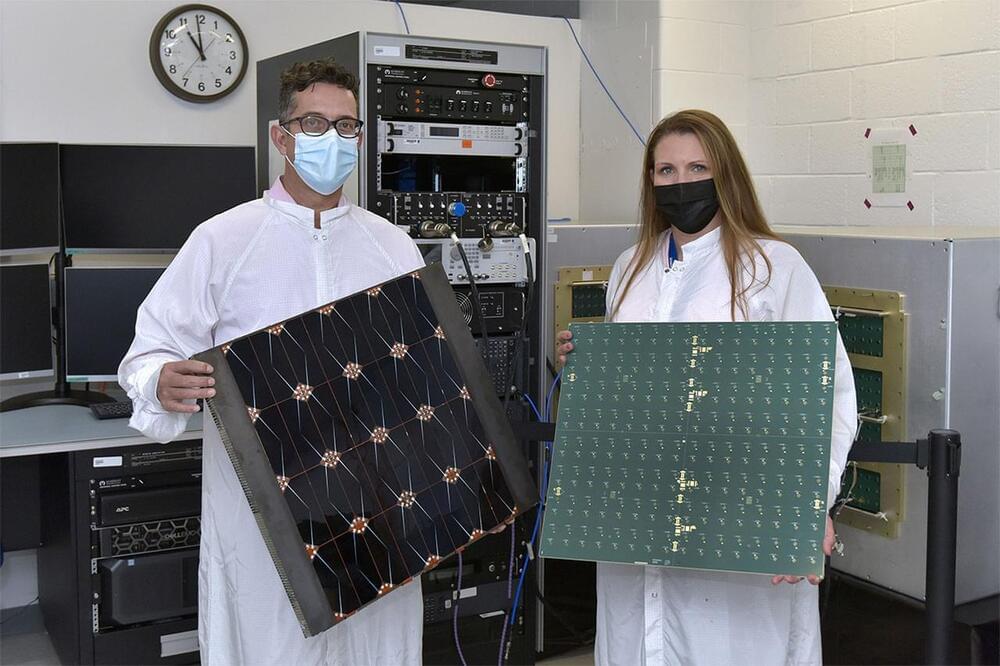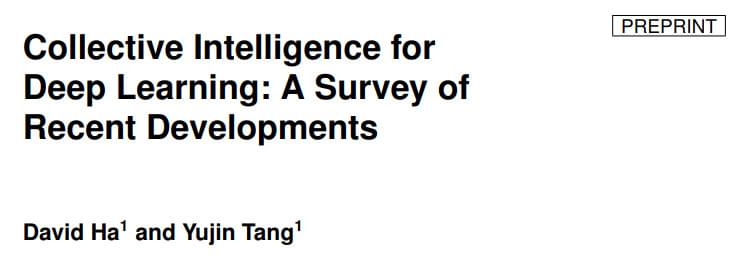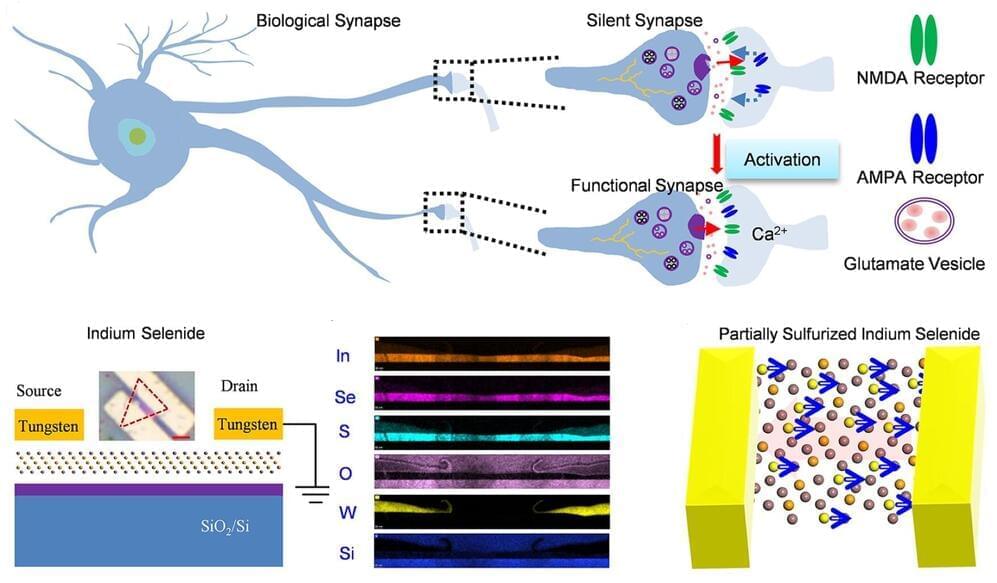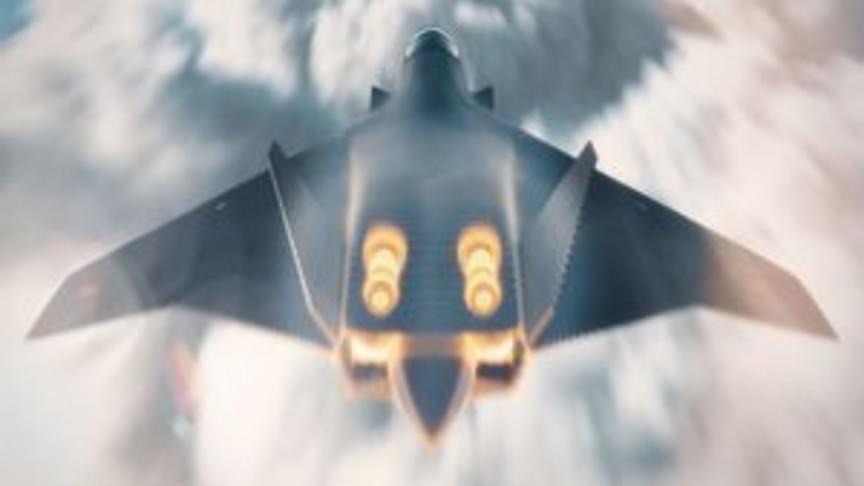PARIS, Dec. 23, 2021 – LightOn announces the integration of one of its photonic co-processors in the Jean Zay supercomputer, one of the Top500 most powerful computers in the world. Under a pilot program with GENCI and IDRIS, the insertion of a cutting-edge analog photonic accelerator into High Performance Computers (HPC) represents a technological breakthrough and a world-premiere. The LightOn photonic co-processor will be available to selected users of the Jean Zay research community over the next few months.
LightOn’s Optical Processing Unit (OPU) uses photonics to speed up randomized algorithms at a very large scale while working in tandem with standard silicon CPU and NVIDIA latest A100 GPU technology. The technology aims to reduce the overall computing time and power consumption in an area that is deemed “essential to the future of computational science and AI for Science” according to a 2021 U.S. Department of Energy report on “Randomized Algorithms for Scientific Computing.”
INRIA (France’s Institute for Research in Computer Science and Automation) researcher Dr. Antoine Liutkus provided additional context to the integration of LightOn’s coprocessor in the Jean Zay supercomputer: “Our research is focused today on the question of large-scale learning. Integrating an OPU in one of the most powerful nodes of Jean Zay will give us the keys to carry out this research, and will allow us to go beyond a simple ” proof of concept.”
